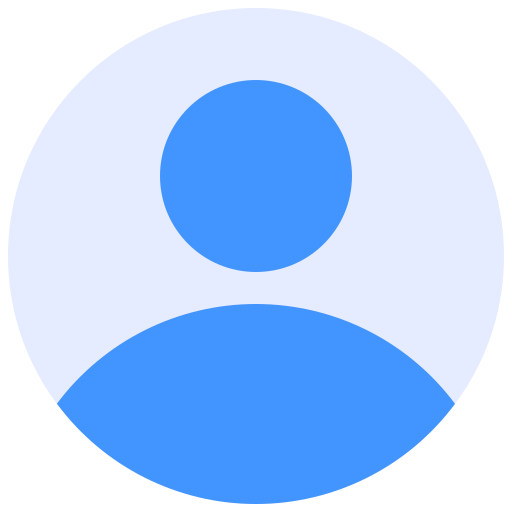Abstract
Whether increased attention leads to better perception is a debate that has been going on for decades. The presented experiment investigated this relationship in situations of interest to Consumer Neuroscience: respondents had to evaluate two stimuli in the same visual field containing distractors in a short interval, from two to six seconds. The perceived relative sizes of the two stimuli were self-reported, while data obtained from EEG metrics, eye-tracker, and time were used as measures of attention; all led to positive correlation coefficients with perception error (measured as the difference from the actual ratio of the two sizes), although some were statistically significant while others were not.
View more >>



 FULL PDF
FULL PDF